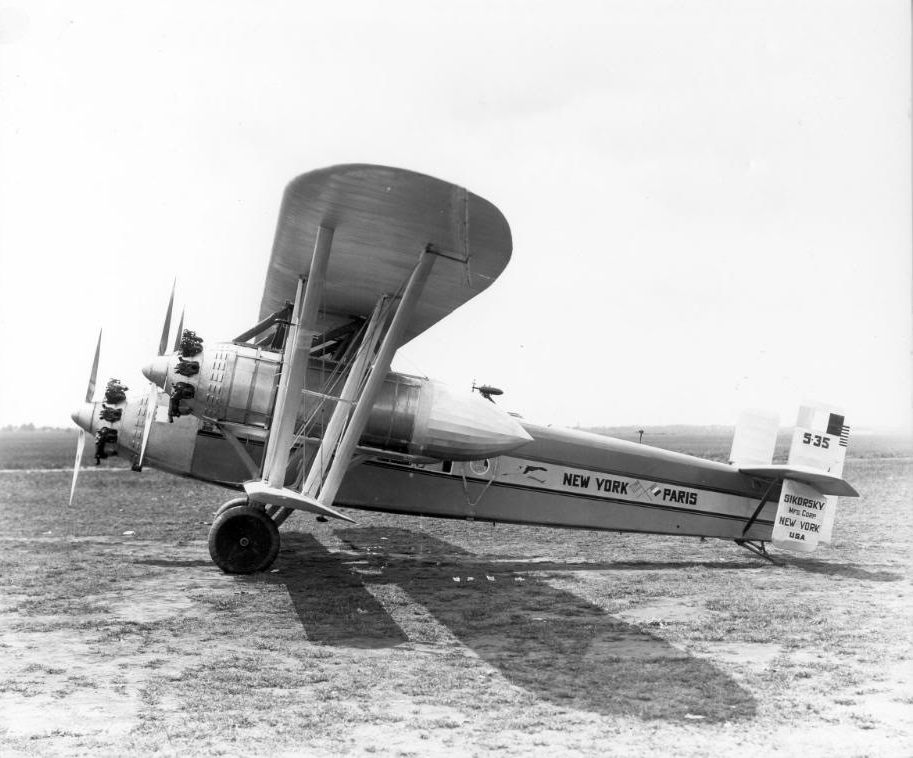Crash of a Fokker F32 in Roosevelt Field
Date & Time:
Nov 27, 1929 at 1400 LT
Registration:
NX124M
Survivors:
Yes
Schedule:
Roosevelt Field - Teterboro
MSN:
1201
YOM:
1929
Crew on board:
2
Crew fatalities:
Pax on board:
0
Pax fatalities:
Other fatalities:
Total fatalities:
0
Circumstances:
First prototype of the Fokker F32, this huge four engine plane (two push-pull engines) capable to carry 32 passengers was engaged in a test flight forming part of the certification program. The test pilot S. M. Boggs was accompanied by an inspector from the Department of Commerce. It was decided to takeoff from Roosevelt Field to Teterboro with one of the two left engine off. Shortly after liftoff, while climbing, the second left engine failed. Due to insufficient speed, the aircraft stalled and crashed on a house located near the airport, bursting into flames. The aircraft was destroyed by impact forces and a post crash fire. Both occupants were injured and a baby in the house was found unhurt.
Probable cause:
Engine failure.







